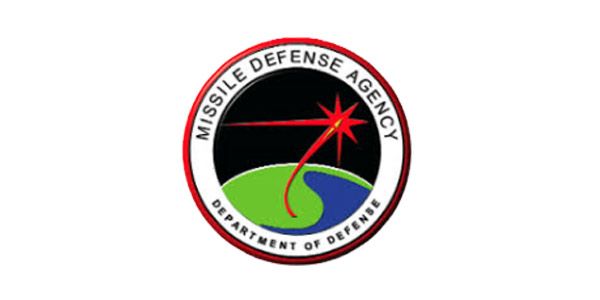
Missile Defense System Likely a Long-term Project
In 2014 the US Missile Defense Agency (MDA) announced that four sites would be studied for the potential location of an East Coast missile defense site.
Currently there are two existing sites in the U.S. that have missile defense systems, one at Fort Greely, Alaska, and the other at Vandenberg Air Force Base in California. The local process began with a visit from MDA officials In August 2014. A public information meeting was held at the Carthage School, which provided the community its first glance at the potential project, including an overview of job creation, estimated construction costs, purpose for the missile defense site, as well as other pertinent details.
Background:
The Missile Defense Agency is a division of the Department of Defense and not part of the US Army. Their mission is in national security and defense with its primary focus on the development of missile systems. What we learned from the public session in August 2014 was that a third location may be developed for a Ground-based Midcourse Defense (GMD) system. These systems are designed to track, interception, and destroy any attack missiles from an enemy nation. The missiles are housed and maintained in underground silos. One important misconception that the MDA pointed out is that these missiles do not include nuclear warheads like those used in an offensive air strike. They are solely designed to track, intercept and destroy incoming missiles. 
While debate will likely continue in Washington over whether a third missile defense site is needed to fully protect the nation, the MDA is tasked with taking the first step by completing an Environmental Impact Statement (EIS). The EIS is a federal requirement undertaken to evaluate the effects of the government’s actions on the environment and to consider alternative courses of action, if necessary. The study must include information on the proposed action and the range of reasonable alternatives that could be undertaken to mitigate the effect on the area’s environment. In understanding all this, we need to consider what the EIS process will and will not provide once complete.
What the EIS will provide:
The EIS will look at four pre-selected sites for evaluation, including Fort Drum, NY; Camp Ravenna, Ohio; Naval Air Station Training Area, Maine; and Fort Cluster, Michigan. It will outline potential impacts on the environment for all four sites and suggest actions that can reduce or mitigate those impacts. The draft EIS is expected to be released in April 2016. The public will have an opportunity to comment on the study after that date with a final EIS published in late 2016. Once issued, the EIS process will be complete.
What the EIS will not provide:
The EIS will not make a recommendation for any single site, nor will it determine if the project will happen at all. That task will be left up to federal elected officials after the EIS is complete. Currently, there is no funding to build the project, only to complete preliminary studies.
So stay tuned...the EIS is the beginning of a long process rather than the end of a process. The debate over when, where, and if a third missile defense site will be constructed will likely continue for a long time after completion of the EIS.
Kevin Jordan
Chair of FDRLO Missile Defense Taskforce
